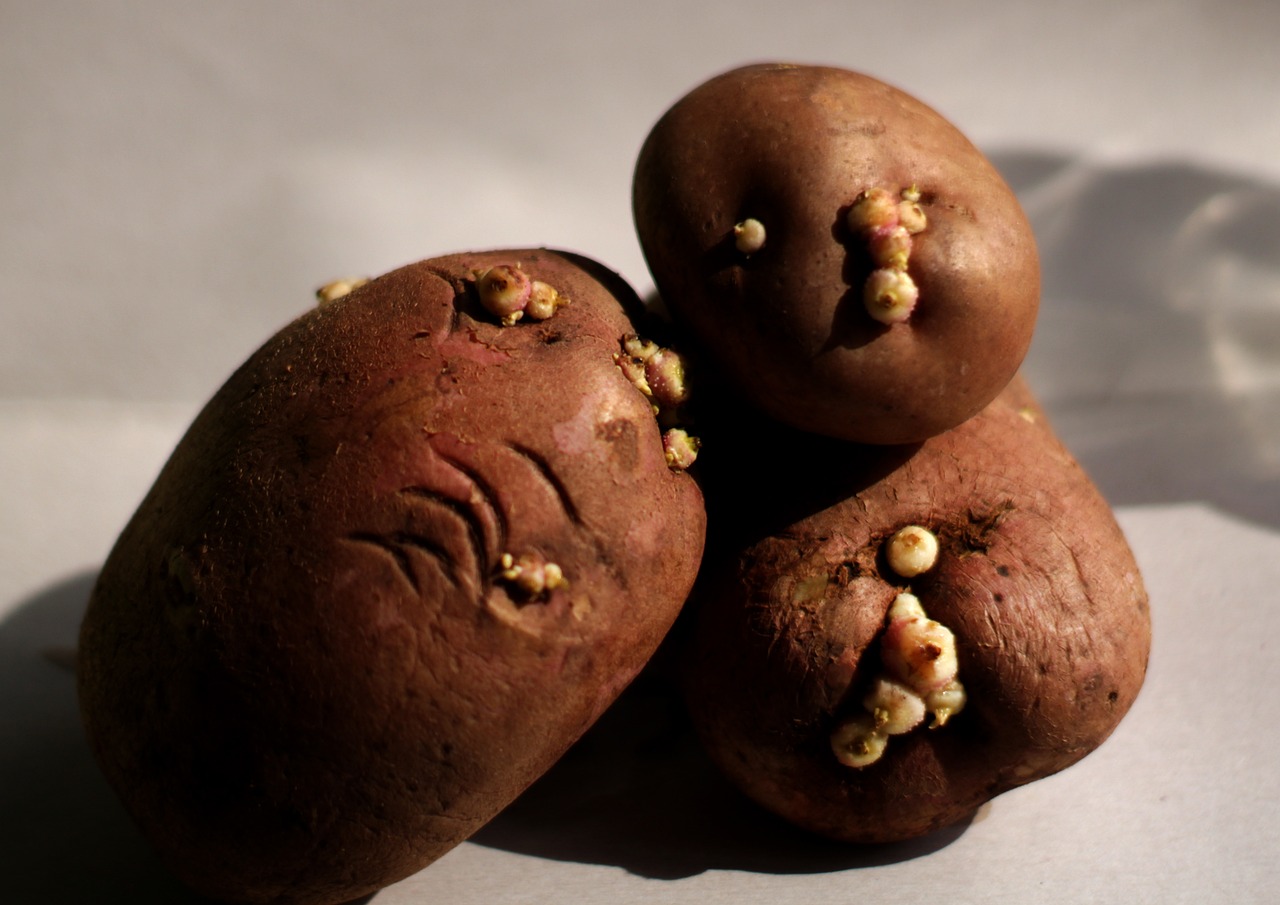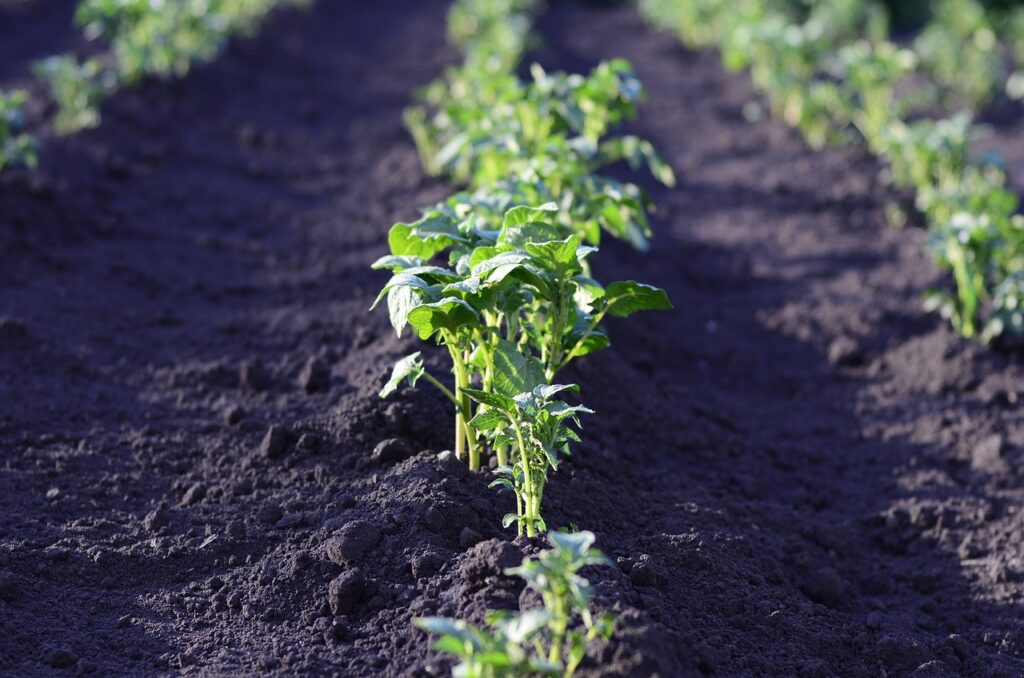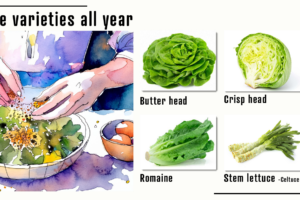
Potato Growing preparation in New Zealand: Tips for Chitting and Storage
I pulled out the last of my potatoes on May 14 to have with a roast lamb on Mother’s day. The plants had long since died back but were quite happy in the soil. Knowing they were the last made me think of next season.
Late autumn and winter are not the time to be planting potatoes in New Zealand because plants are frost-tender. However, you can start to prepare for next season by keeping some of your store-bought potatoes aside from about July. New gardeners are often overwhelmed by everything that needs to be done in Spring, so the purpose of this post is to encourage some prior preparation.
Proper preparation is essential for growing healthy and productive potato plants. This preparation includes chitting potatoes and proper storage. If your potatoes don’t sprout at all, then this will be because they have been sprayed with a sprouting inhibitor… Yuck!. I’d consider looking at another brand, or better reduce your need to buy potatoes.
What can you do now?
- Save some egg cartons and a cardboard box ready for storing your potatoes.
- Find an area that you can use for planting your potatoes into in spring and start preparing the soil ready for planting. This can include loosening any compact soil and aerating it by lifting (not turning) gently with a garden fork.
- Composting or even planting a mulch crop on top of that area to add material and nutrients for your potatoes.
Chitting Potatoes
Chitting potatoes is the process of allowing the potatoes to sprout before planting them. This helps to ensure that the potato plants emerge quickly and grow well.

To chit potatoes, follow these steps:
- 1. Choose seed potatoes that are free from disease and have no cuts or bruises.
- 2. Place the seed potatoes in a cool, dark place with good ventilation for several weeks before planting. This allows the potatoes to start sprouting.
- 3. When the sprouts are around 1-2cm long, they are ready to plant. It’s important not to let the sprouts get too long, as this can make them brittle and more susceptible to damage during planting. Depending on how many sprouts there are you can cut longer sprouts off.
Storage
Proper storage of potatoes is important as it helps to prevent spoilage and rot. Storing potatoes in the right conditions can also help to preserve their quality for longer.
Here are some tips for storing potatoes:
- 1. Store potatoes in a cool, dark place that is well-ventilated. A temperature range of 4-10°C is ideal (40-50°F). The garage or laundry is often used for storage. If you are worried about rodents then placing a wire mesh over them is a good idea.
- 2. Avoid exposing potatoes to light, as this can cause them to turn green and produce solanine, a toxic compound.
- 3. Keep potatoes in a dry environment, as moisture can promote rot.
- 4. Do not store potatoes near other fruits or vegetables that produce ethylene gas (such as onions), as this can cause the potatoes to sprout prematurely.
By following these steps, potato growers can ensure that their potato plants have every chance to grow healthy and produce a good yield.

There is more you can do to prepare and make the most of your seed potatoes about a month before planting, like dividing the potatoes and hardening off as well as preparing your potato beds, but we can leave that for another post.
GROW YOUR OWN FOOD WHĀNAU!
Tag:chitting, potato storage, potatoes




